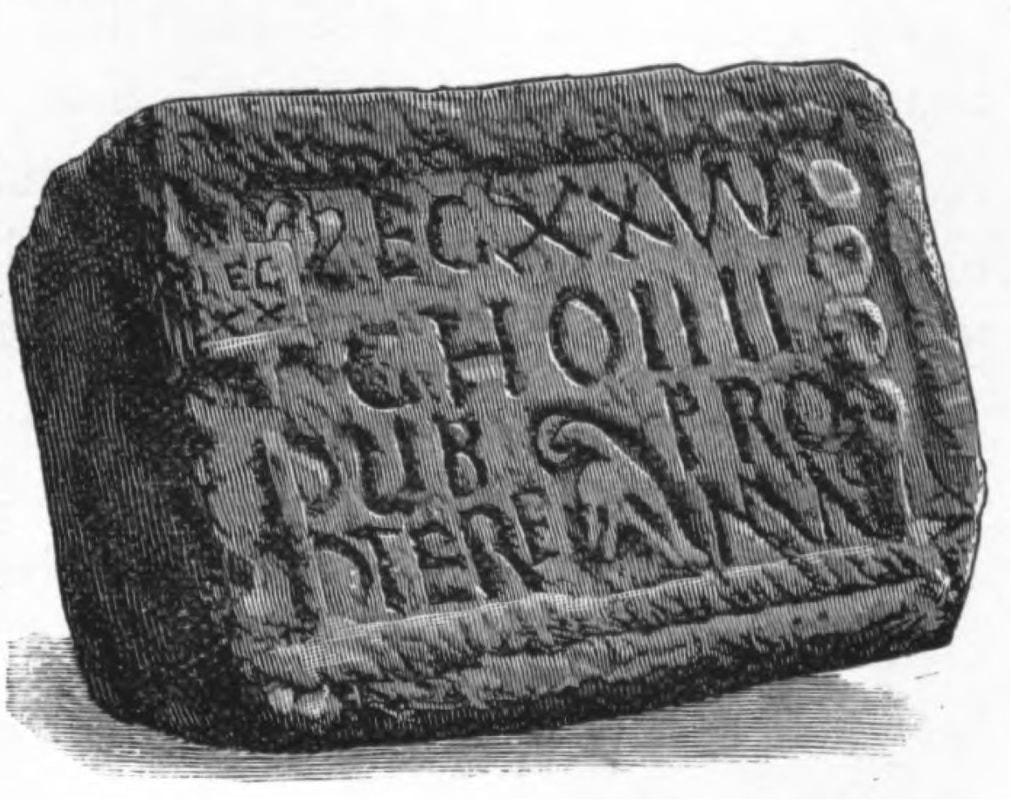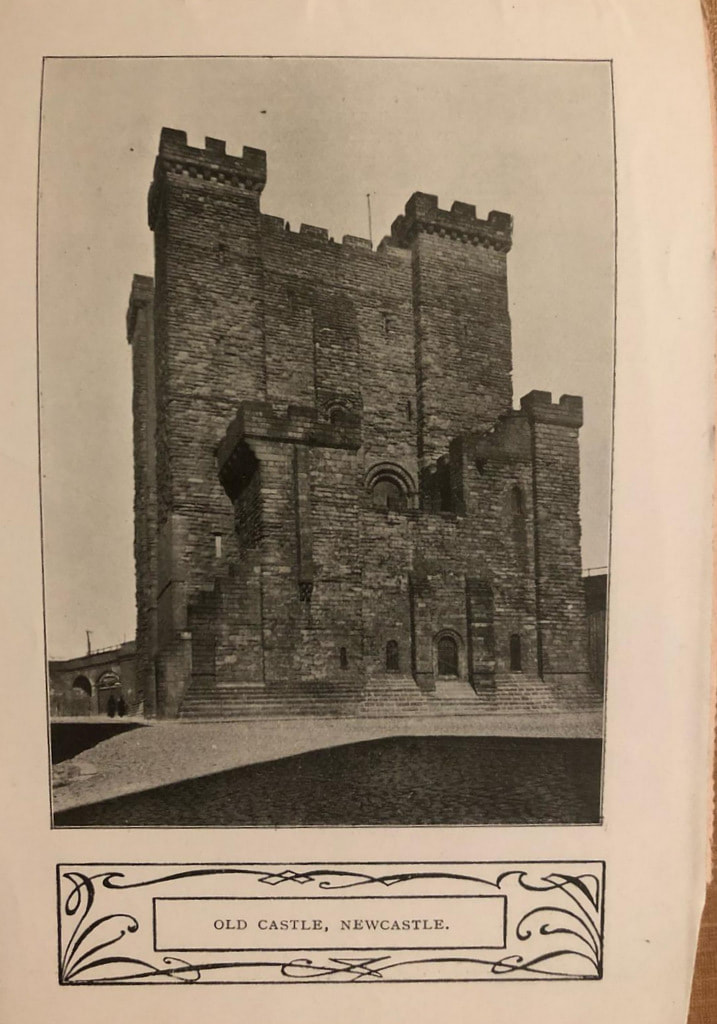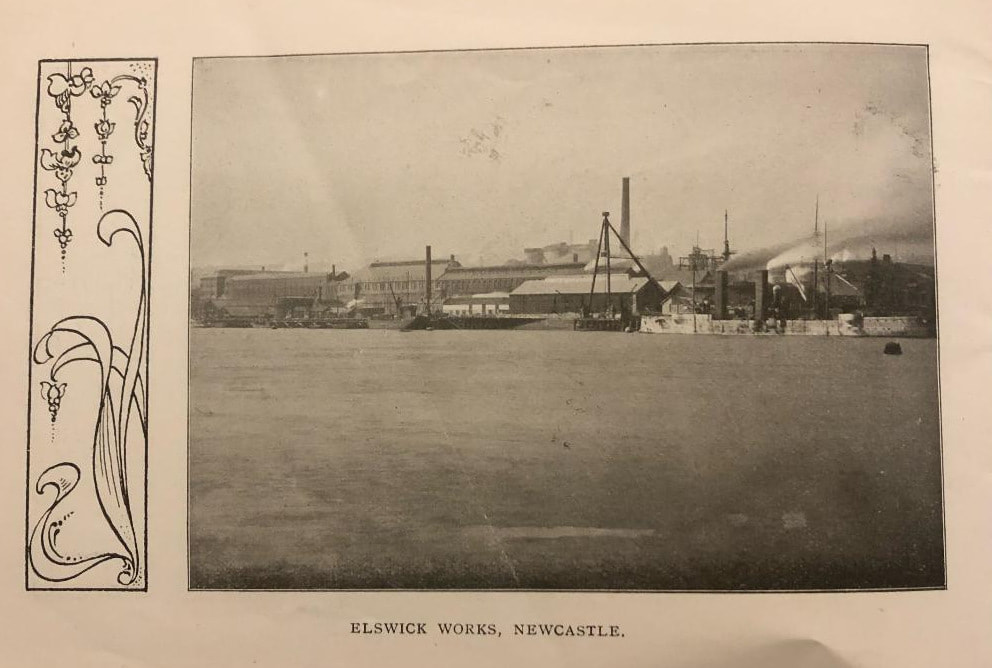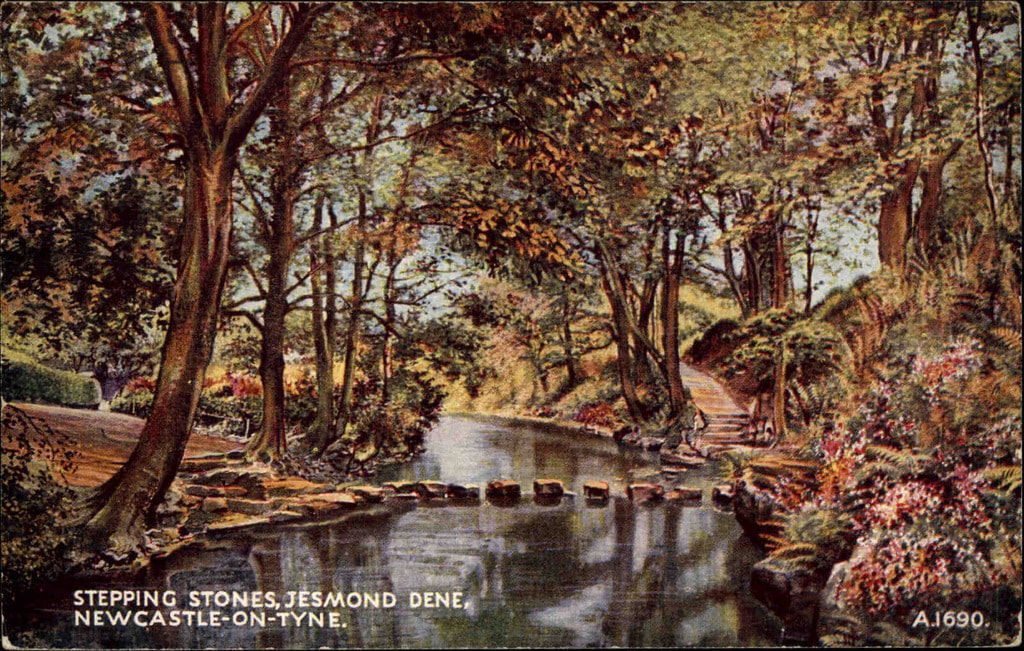ID: 22701
Site of a 16th century house, incorporating a 15th century fortified house or bastle. A centurial stone was found built into the tower in 1887. The building has since been demolished.
More information : NZ 1695 6514. The remains of Newburn Hall, originally a Pele Tower, to which a 16th century house was added, are embedded in Messrs. Spencer's Steel Works, immediately to the north of the railway at Newburn. An inscribed stone was found in 1887, built up in an old tower at the Newburn Steel works. It measured 1' 3" x 11", and read:-"Leg(io) XX V(aleria) V(ictrix) C(o)ho(rs) IIII C(Centuria) Lib(urni) Fro(ntonis) C(Centuria) Tere(nti) Mag(ni)". ("Built by the 20th Legion styled Valeria Victrix, the 4th cohort, the century of Liburnius Fronto (and) the century of Terentius Magnus). In the centre at the bottom is an eagle; on the left a vexillum inscribed Leg XX; on the right a standard. (1)
The remains of Newburn Hall have been demolished and its site re-developed. The centurial stone is now in the Museum of Antiquities in the University of Newcastle upon Tyne. Acc. No. 1887.26. (2)
Newburn Hall was a 15th century tower with a 16th century dwelling attached to it. The Percys built both, and in 1530, Sir Thomas Percy, brother of the 6th Earl, made the hall his home. (3)
Listed as a bastle. (4)
Knowles was involved in several archeological excavations and also produced many sketches of buildings in Newcastle, including those published in the book "Vestiges of Old Newcastle and Gateshead." (1890).
He had an office with a Mr Armstrong at 8 Mosley St.
They were responsible for the Grand Hotel in the Haymarket and the old YMCA building on Blackett St, neither exist now.
From Facebook Post by Nichol Morton.
Figure below from: Bruce, J. Collingwood. (1889). On some newly discovered Roman Inscriptions, etc. - An Inscribed Slab from Newburn. Archaeologia Aeliana Series 2. Vol 13, pp. 192-196.
"At the beginning of last century Newburn hall comprised
three sides of a square, open to the north, and was then occupied by a farmer and other tenants. It is easily recognized in T. M. Richardson’s coloured print, Village of Newburn, wherein the hall is to be seen in the foreground amidst picturesque surroundings,the church and manor house in the middle distance, and on the sky-line, on the opposite bank of the river, the spire of Ryton church. On November 5, 1891, the east wing, then used as a pattern shop, was destroyed by fire. Only the west wing, much altered, and the walls abutting thereon of a portion of the south wing now remain."
"A house traditionally called the Manor House, said to date from c.1600, demolished 1909, apparently situated on the West side of what is now Station Road where it appears on the First edition Ordnance Survey plan. A photo in the Northumbelrand County History shows a 2-storey building in coursed stone rubble with dressed quoins, and a pantile/stone flag roof. Two fireplaces from the manor are said to have been reinstated at Washington Old Hall. Its recorded residents included Thomas Finney, a surgeon, in the 1850s and Thomas Hayes in 1879."
































































 RSS Feed
RSS Feed
